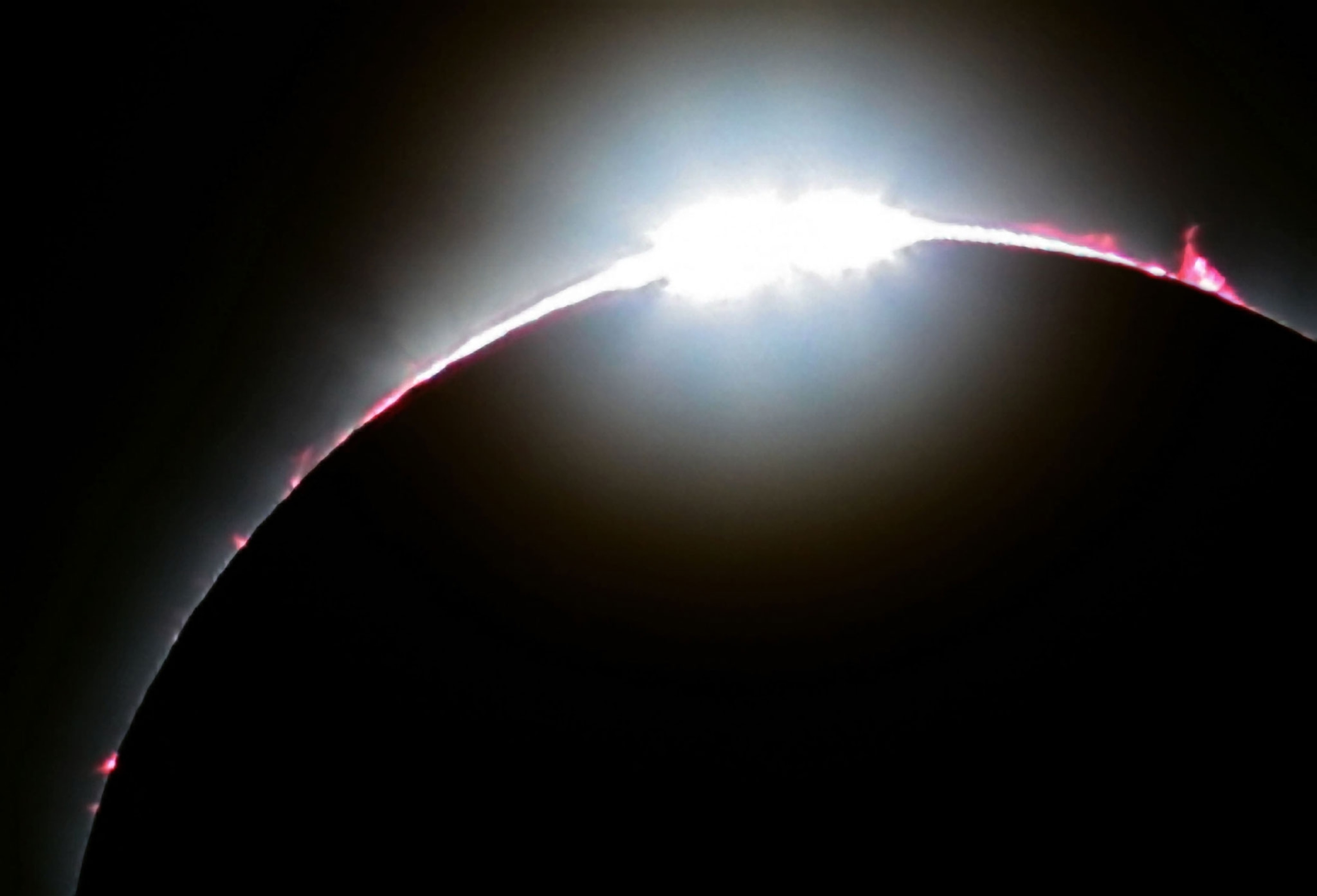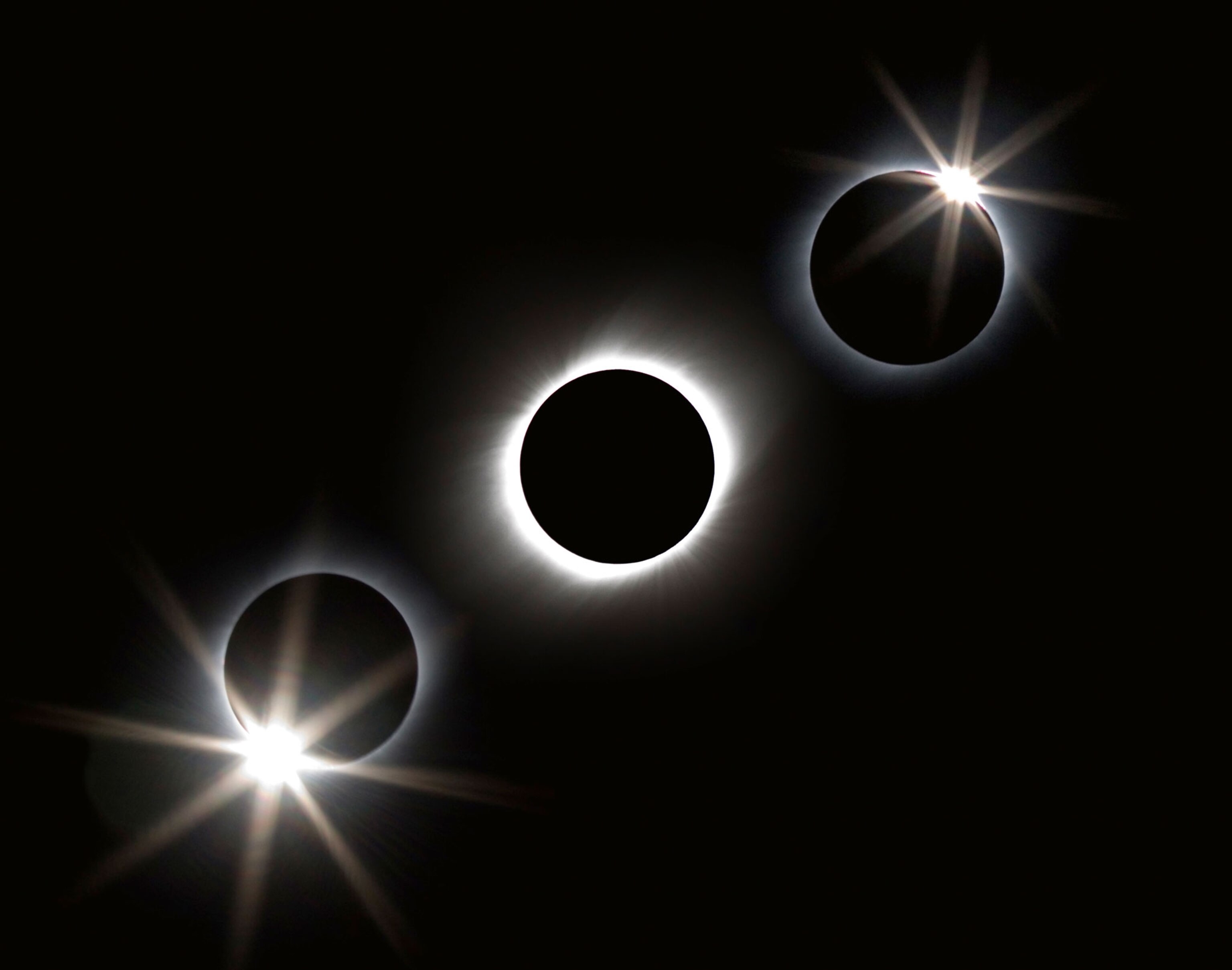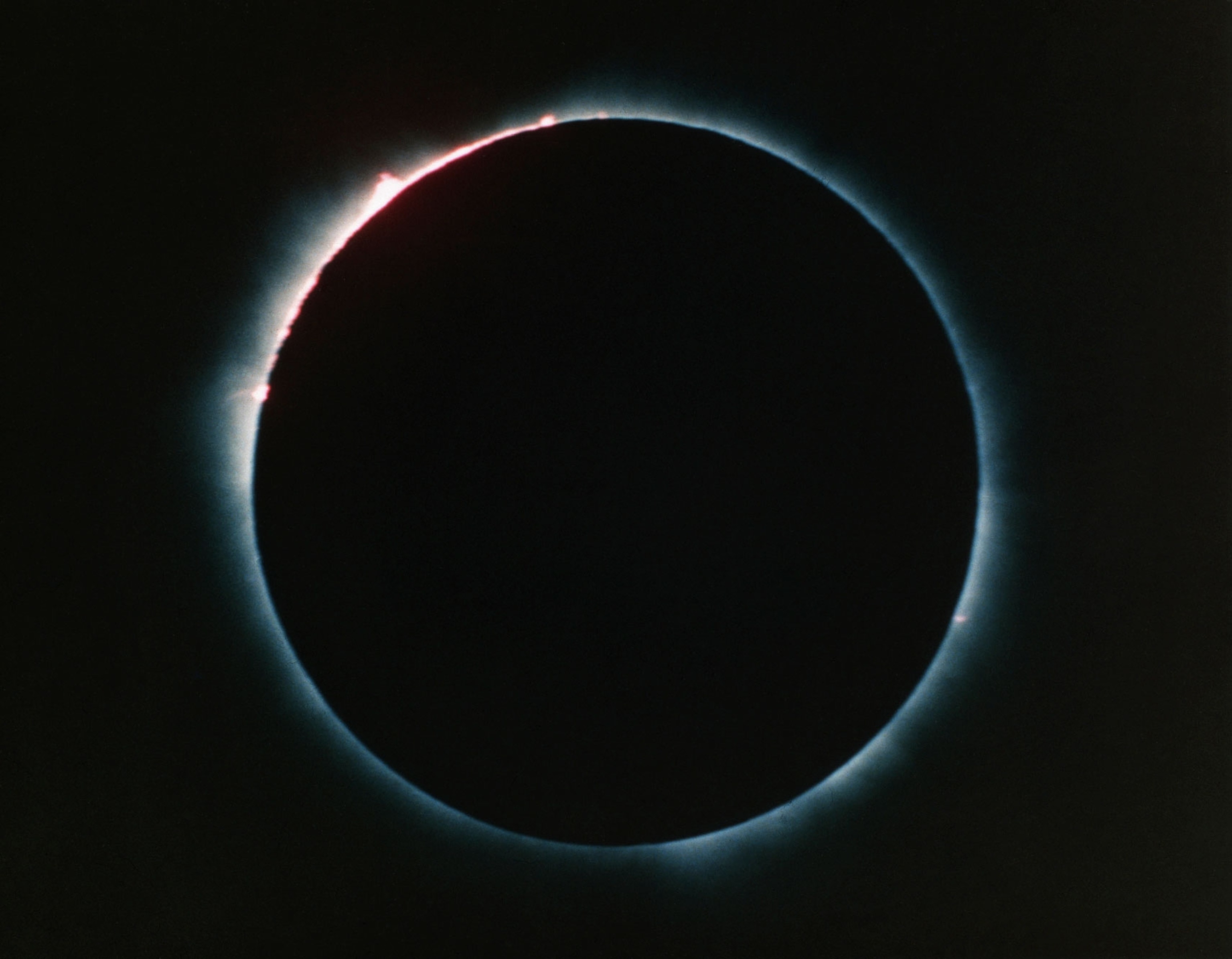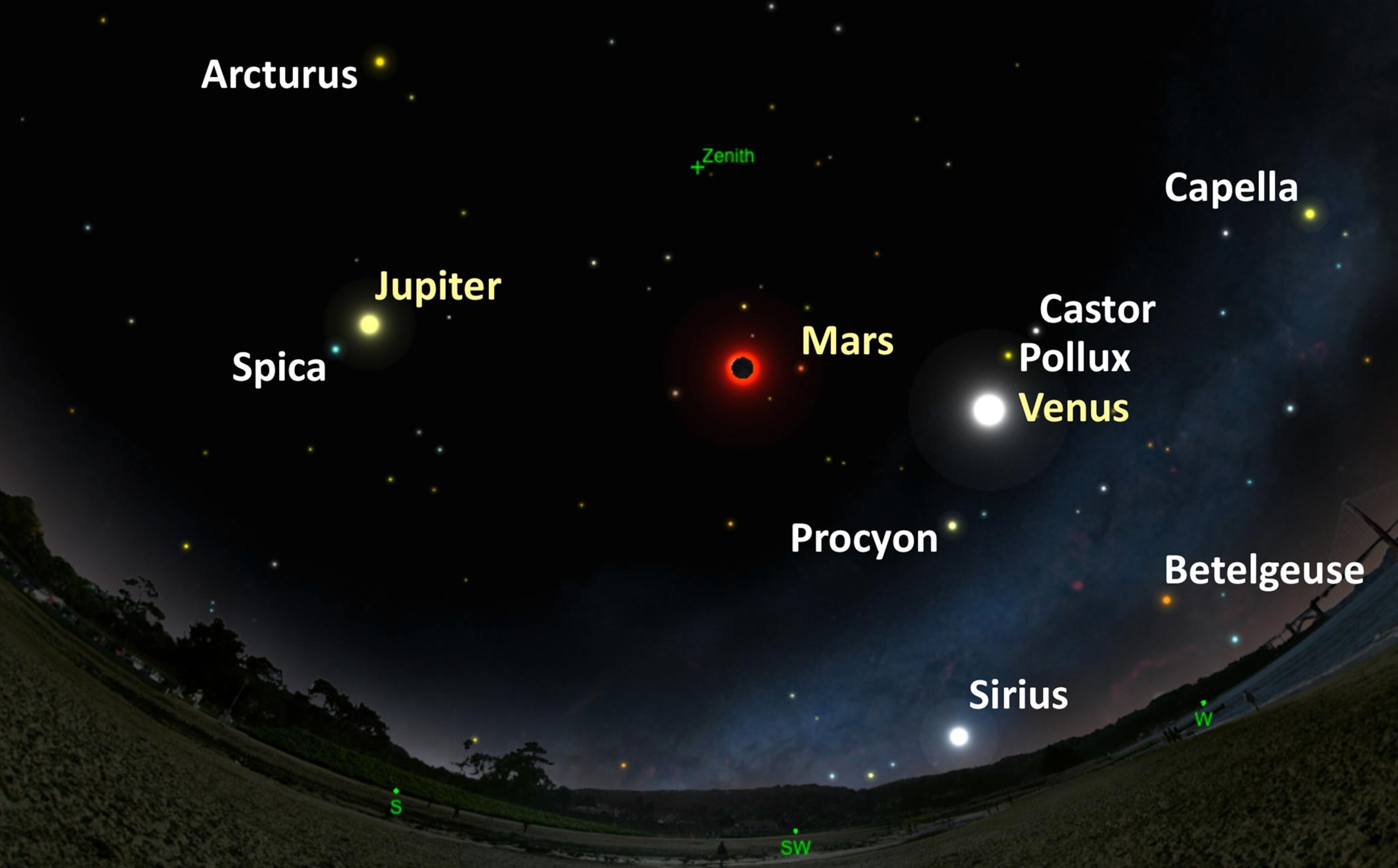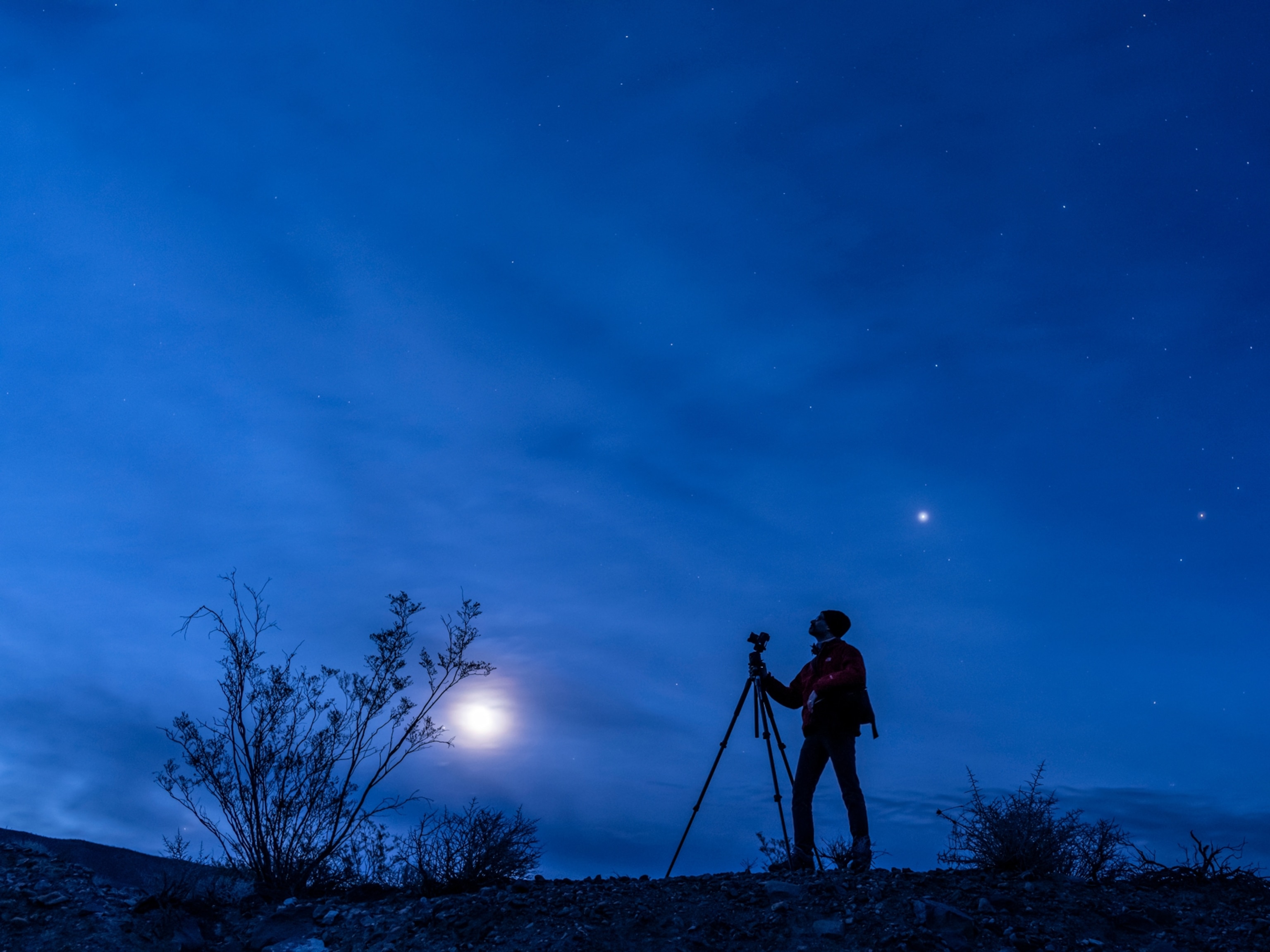Amazing sights you can only see during a solar eclipse
Towering flares and daytime planets are among the unique sky shows in store for people in the path of totality.
As the moon glides in front of the sun on August 21, millions of people across the United States will have a chance to witness a total solar eclipse. From the Oregon coastline to the South Carolina beaches, sky-watchers are gearing up to experience the breathtaking moment when day briefly turns into night.
But a total eclipse is about much more than total darkness. In the moments surrounding the spectacle, observers in the know can catch some special celestial features that are only visible when the moon blots out the sun. (Find out how to safely watch a solar eclipse.)
Here are some of the intriguing sights to look for if you are in the path of totality.
Diamond Ring Effect
About 15 seconds before the moon completely covers the sun, only a tiny crescent of sunshine is left and the sun’s faint upper atmosphere, or corona, begins to come into view. Around this time, the sliver of bright sunlight transitions into a stunning burst of radiance concentrated in one region along the sun’s edge. Together with the corona circling the disk, the burst of light creates what’s known as the diamond ring effect.
Baily’s Beads
In the final seconds before and after totality, a series of white glowing dots of sunlight known as Baily’s beads, named for astronomer Francis Baily, appear along the edge of the moon’s silhouette. This jewel-like display is formed by sunlight seeping through the deep valleys and craters along the edge of the lunar disk. Viewers can expect each of these dazzling beads to last only a fraction of a second before they wink out and the sun goes totally dark.
Solar Flares
Just as the moon begins to totally cover up the sun, titanic flares called solar prominences become visible, peeking out from the edge of the darkening disk. Prominences are anchored to the sun’s surface and loop for millions of miles into space. They can only be spotted by sky-watchers on the ground during the moments near totality.
The Corona
The precious few moments of totality are when the moon fully covers the sun, and it’s the only time people on Earth can see the corona without special equipment. This outer part of the solar atmosphere extends for millions of miles into space, but it is normally drowned out by the glare of the star’s denser surface.
On August 21, sky-watchers at Giant City State Park, just south of Carbondale, Illinois, will get the longest look at the corona: Totality there will last for two minutes and 41.6 seconds. In July 2009, viewes in Asia witnessed an exceptionally long total eclipse, when the moon blocked the sun for almost seven minutes. (Take our solar eclipse quiz.)
Planets and Stars
In addition to bringing the sun’s corona into view, totality makes the surrounding sky so dark that viewers can see stars and planets during the day. On August 21, Venus and Jupiter will appear the brightest, as they will sit nearly halfway across the open sky during the eclipse. Mars and Mercury will be much closer to the sun, so will be fainter but still visible.
You can also look for the bright “dog star” Sirius in the low southwestern sky, as well as orange-hued Capella to the right of Venus and the twin stars Castor and Pollux just above the planet.

